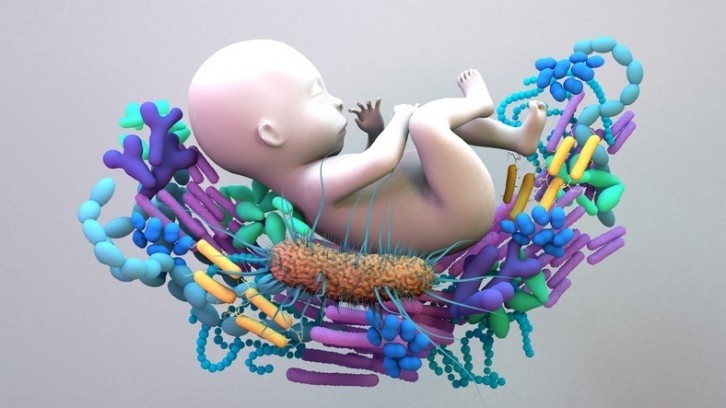Growth Asia Summit 2024
CSIRO explores barley grain effects in shaping babies' gut microbiota during weaning period

The Baby Gut Health Study is conducted by the Commonwealth Scientific and Industrial Research Organisation (CSIRO) using an ingredient made from barley grains known as BARLEYmax.
Lead researcher Dr Yanan Wang, research scientist, Microbiomes for One Systems Health (MOSH) – Future Science Platform at CSIRO, said that the goal was to find out how babies’ gut microbiota developed and how the prebiotics could support this development.
She presented the study protocol and rationale during Growth Asia Summit 2024 when speaking on the topic “Shape a healthy gut microbiota through complementary feeding.”
The study focuses on the weaning period as this is the period when babies are exposed to foods other than breast milk and formula milk.
“Once weaning starts, complex carbohydrates mainly derived from plant polysaccharides enter the gut, stimulating the maturation of gut microbiota,” she said.
A diverse gut microbiota is the foundation of a healthy gut microbiota to produce short-chain fatty acids that are beneficial to health.
Before weaning, the main short-chain fatty acid produced in babies is acetate. However, others such as butyrate and propionate would increase in production after the introducing of solid foods or complex carbohydrates.
Instead of an intervention trial, Dr Wang’s team is starting off with an in-vitro study to find out when exactly during the weaning period can the babies’ gut microbiota effectively break down and utilise prebiotic complex carbohydrates.
This is because the babies’ gut microbiota is still under development and has limited capability in breaking down complex carbohydrates during early stage of weaning.
“Preliminary study shows that faecal butyrate levels only start to raise until 12 weeks post introduction of solid foods.
“We want to find out how can we utilise the window of opportunity of weaning to promote a healthy gut microbiota. From what stage can the infant gut microbiota effectively breakdown and utilise the prebiotic complex carbohydrates and produce substantial levels of short-chain fatty acids?” she explained.
During the study, faecal samples will be collected during the babies’ pre-weaning period, as well as during the fourth, eighth and twelfth week post-introduction to their first solid foods, and when they turned 12 months old.
The faecal samples will then be inoculated with BARLEYmax and put through a 24-hour anaerobic fermentation.
The researchers will then analyse the composition of the short-chain fatty acids and other metabolites produced post-fermentation.
The results will show whether BARLEYmax could shift gut microbiota composition and functions and the point at which it is able to do so.
Aside from BARLEYmax, the researchers will also inoculate the faecal samples with another dietary fibre, in this case, galacto-oligosaccharides (GOS) and a blank control. This is to compare their effects on the development of the babies’ gut microbiota.
Faecal samples from 32 healthy babies who are at least four months old and have not been exposed to antibiotics since birth have been collected for the study.
Understanding the trajectory
To complement the in-vitro study, the researchers will also use shotgun metagenomics sequencing to understand the development trajectory of the babies’ gut microbiota.
“From this study, we expect to have a better understanding of the developmental trajectory of the gut microbiota along with introduction of solid foods,” said Dr Wang.
The researchers will also collect information on the babies’ diet using the two-day food record and complementary food frequency questionnaire.
Why barley grains
Barley grains were chosen for this study due to its diverse prebiotic dietary fibre composition, including high levels of fructans, beta-glucans, and resistant starch.
Barley grains are also common first foods introduced to babies during the weaning stage.
“BARLEYmax was chosen because cereals and grains are the most common first foods for infants and are very easy to incorporate into complementary feeding,” she said.














![Beauty consumers are most likely to prioritise devices and treatments as solution over supplements. [Getty Images]](/var/wrbm_gb_food_pharma/storage/images/_aliases/wrbm_tiny/publications/cosmetics/cosmeticsdesign-asia.com/headlines/market-trends/beauty-supplements-consumers-likely-to-explore-devices-treatments-before-supplements/17712040-1-eng-GB/Beauty-supplements-Consumers-likely-to-explore-devices-treatments-before-supplements.jpg)




